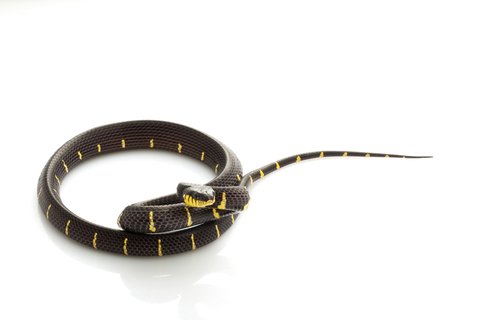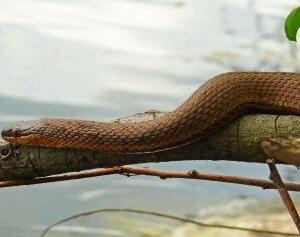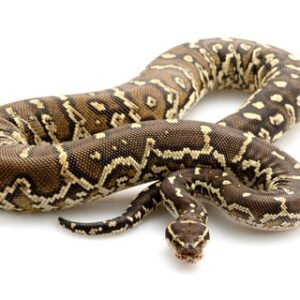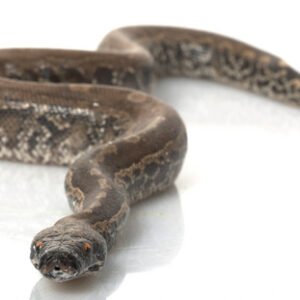Habitat and Distribution of the Mangrove Snake
The mangrove snake (Boiga dendrophila) is a remarkable species that thrives in specific ecosystems characterized by high humidity and a rich abundance of biodiversity. Primarily found in Southeast Asia, particularly in countries such as Indonesia, Malaysia, and parts of Thailand, these snakes exhibit a preference for mangrove forests, swamps, and brackish waters. The unique environmental conditions of these habitats, including the intertidal zones where land meets sea, provide essential resources necessary for their survival.
Mangrove forests, with their intricate root systems and dense foliage, offer both shelter and abundant prey for the mangrove snake. These areas are often teeming with small mammals, birds, and reptiles, which constitute the snake’s diet. The humid conditions of these ecosystems play a crucial role in regulating the body temperature of the mangrove snake, allowing it to remain active throughout the day and night. Optimal temperatures generally range from 24°C to 30°C, and the humidity levels must remain elevated to prevent dehydration, thus making mangrove ecosystems indispensable for their lifecycle.
As a semi-aquatic species, the mangrove snake demonstrates a remarkable adaptability to fluctuating water levels, which makes them well-suited for life in swampy regions. However, this adaptability does not shield them from the severe threats posed by habitat destruction and climate change. The ongoing degradation of mangrove ecosystems due to urban development, agriculture, and pollution significantly impacts the availability of suitable habitats for the mangrove snake. Furthermore, rising sea levels caused by climate change compound these threats, leading to reduced habitat accessibility and increased competition for dwindling resources. The protection and conservation of mangrove ecosystems are thus critical to ensuring the survival of the mangrove snake and maintaining the ecological balance within these vital habitats.
Behavior and Conservation Status of the Mangrove Snake
The mangrove snake (Boiga dendrophila) exhibits a distinct set of behaviors that are essential to its survival in its native habitats, primarily the lush mangrove forests of Southeast Asia. Known for its arboreal nature, the mangrove snake is predominantly nocturnal, allowing it to hunt effectively during the night. It primarily feeds on small mammals, birds, and other reptiles, utilizing its keen eyesight for locating prey in low-light conditions. This snake is also known for its constricting method of subduing prey, a behavior that highlights its role as a predator in the ecosystem. However, the mangrove snake is not solely a predator; it also serves as prey for larger reptiles and birds of prey, maintaining a balanced food web within its habitat.
In terms of reproduction, the mangrove snake is oviparous, meaning it lays eggs, typically in the warmer months when environmental conditions are optimal for hatching. The eggs are deposited in moist, sheltered locations, where they incubate until they hatch, ensuring the survival of the young in a protective environment. This reproductive strategy indicates the species’ adaptation to its habitat, as it seeks to maximize the chances of survival for its offspring.





